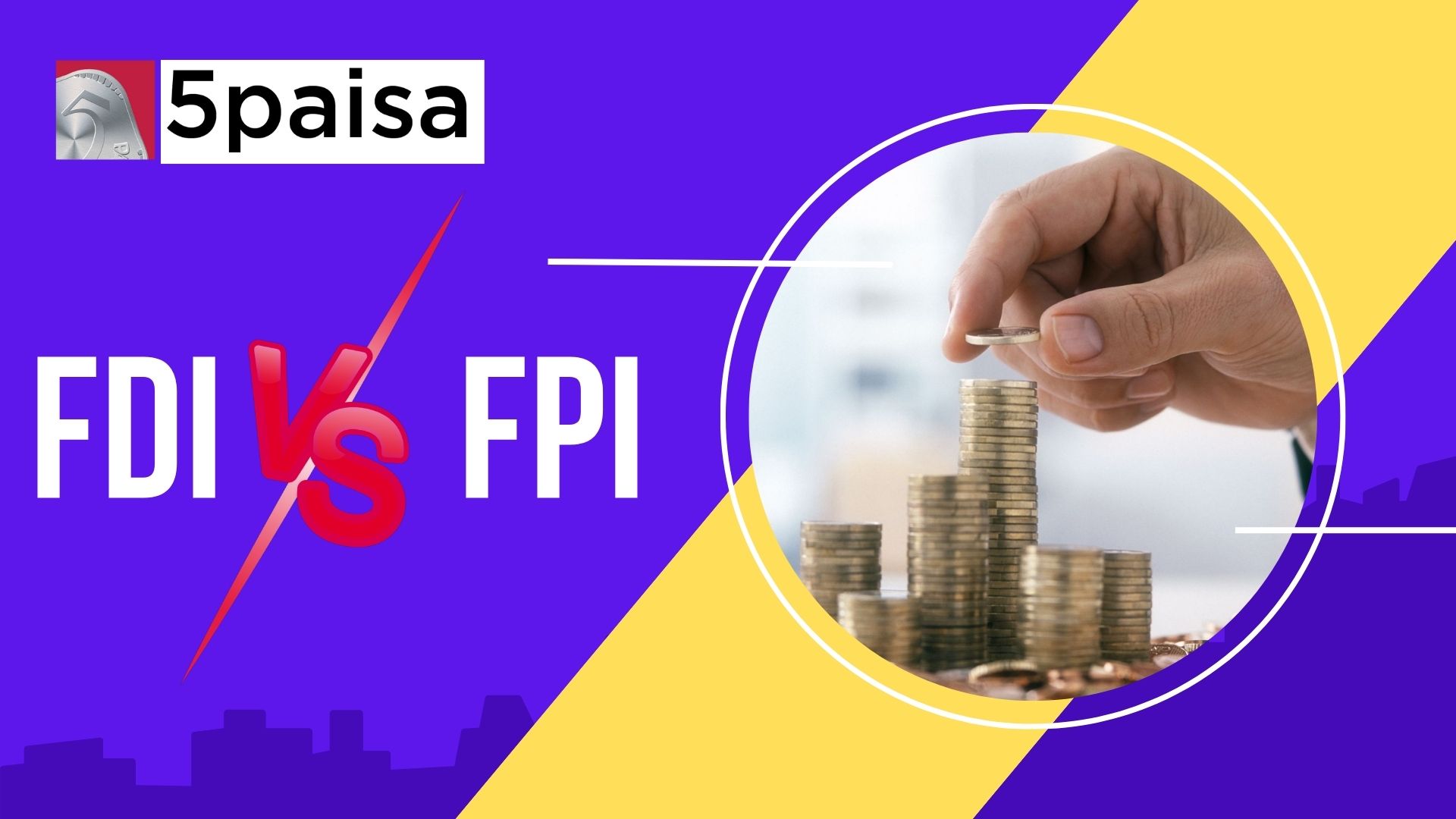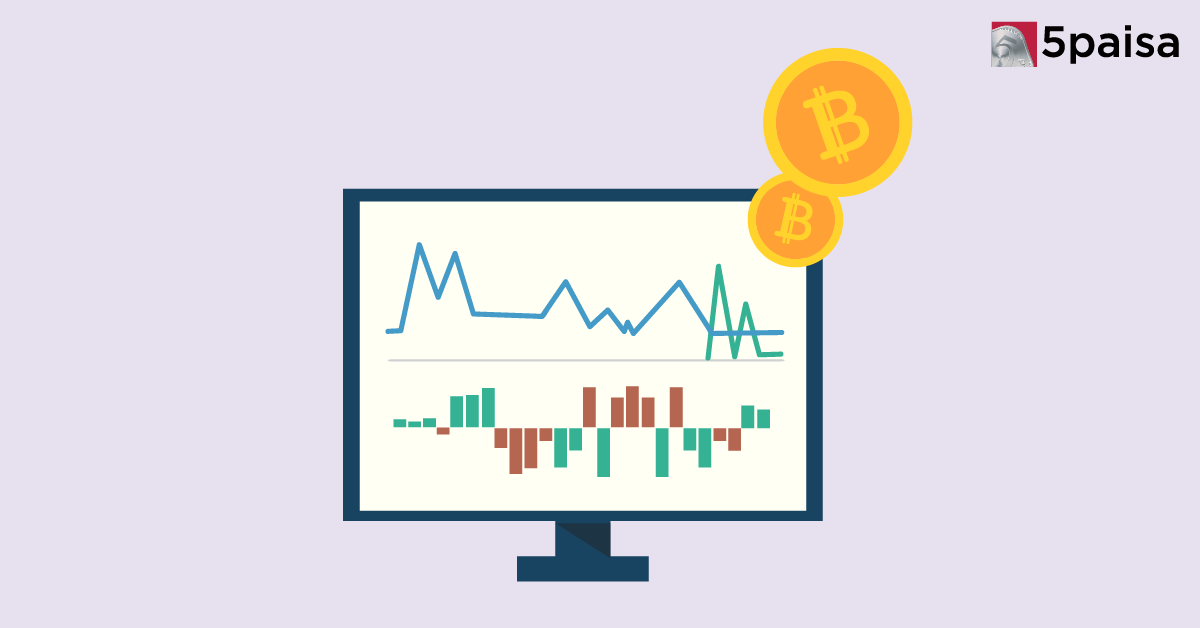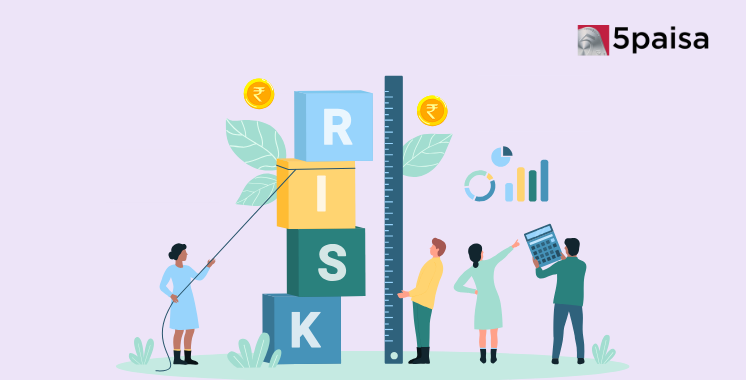Intraday in Stocks vs 24x7 Crypto Trading: Which Actually Works for Retail Investors?
FDI vs FPI

Introduction
Investment avenue is a big term, and when discussed, the two terms FDI vs FPI are the most talked about. Both these terms represent different foreign investment approaches the country makes and have its own set of unique characteristics. Both portfolio investment vs FDI are two ways through which people or businesses can invest their money outside their country, but not many know these two are different things. You may have heard of these terms during financial conversations, especially when listening to financial broadcasts or updates.
These terms will matter the most if you are interested in foreign investments. Besides one being a long-term investment and the other being short, there are other ways through which they differ. Below in this article is everything you can know about FDI vs FPI, including their latest trends.
What is Foreign Direct Investment (FDI)?
Foreign direct investment or FDI is an economic term that refers to any investments made by companies, governments, or individuals in a foreign country’s business. In this kind of investment, there is a hold and control on the foreign entity, which is often a long-term investment. FDIs are more than just financial transactions and involve physical ownership in that particular foreign country.
These can be in different ways, such as opening new offices or branches, acquiring or buying existing businesses, or opting for joint ventures or partnerships with local foreign businesses. People go for FDIs mainly to access technology & resources which may not be available in their country. It helps in offering different opportunities such as expanding their market, more profitability, increasing customer base, and many other such things.
Hence, it is right to say that FDI is vital for both the investor and the country where investments are made.
Examples
Here are some examples of foreign direct investments:
1. When a known automobile company decides to establish a new plant in a new country to enter the market and take advantage of cheap labor.
2. If a tech company acquires a start-up in a foreign country where a specific technology is a speciality.
3. When a hotel group decides to open a new resort or hotel in a foreign land that is a well-known tourist destination, that will help brand awareness.
Latest FDI Trends In India
India is among the top preferred countries for foreign direct investments, especially in manufacturing. India received USD 52.34 billion in 2022, per the Department for Promotion of Industry & Internal Trade. Although there was an increase from USD 51.34 billion in 2021, India was still short of its goal of USD 64.68, which was set in 2020.
As of 2023, India has seen the highest FDI in computer hardware and software, reaching USD 8.06 billion. The other sectors that receive good foreign direct investments in India are banking, financial, business services, and insurance.
To understand FDI, you also need to understand foreign direct investment vs foreign portfolio investment, which is discussed in the below sections.
What is Foreign Portfolio Investment (FPI)?
Foreign portfolio investments, or FPI, are the investments made by institutional investors, individuals, or entities in a foreign country's financial assets, such as bonds or stocks. These financial assets are available on the stock exchange for people to buy. These are the assets that are easy to be purchased or sold. The major difference between FDI vs FPI is that the former is a long-term investment, whereas the latter is done for quick returns.
The main reasons for FPIs are capital appreciation, investment diversification, and income generation. People can acquire a stake in foreign companies through portfolio investments. Foreign portfolio investments can also result in currency fluctuations and enhanced competition between domestic businesses.
Both portfolio investment vs FDI has one thing in common; they offer advantages to investors and the country where the investments are made. FPI helps in bringing foreign capital and maintaining liquidity in the financial market.
Examples
Below listed are a few examples of foreign portfolio investments or FPIs:
1. If an individual or entity wishes to invest in foreign stocks.
2. If an individual or entity wishes to invest in foreign bonds.
3. If someone wishes to invest in foreign mutual funds, foreign real estate, or foreign exchange-traded funds investment.
Latest FPI Trends In India
If you look around the foreign portfolio investments for India, there has been an increase seen as of Dec 2022. There was an increment of USD 4.517 billion by Dec 2022, with an overall increase of USD 6.901 billion from the last quarter.
Although there is a belief that there could be a slight decrease or change in the Indian FPI for 2023 since investors may consider China an alternative option, it is because the Chinese market is expected to reopen in 2023 for the first time post-COVID-19 fully.
Difference between FDI and FPI
Now that you have learnt what FDI and FPI are, it is time to know the difference between the two. In the list below, you will understand foreign direct investment vs foreign portfolio investment much better when these two are compared to each other. Let’s have a look:
|
FDI |
FPI |
|
It is the investment made by an individual or company to a foreign country’s business. |
It refers to investments made by an entity or individual into foreign financial assets such as stocks, mutual funds, bonds, etc. |
|
It involves acquiring a stake in a foreign company with full or complete control over the investors. |
It involves purchasing a minority stake in a foreign company with very little control over the investors. |
|
It is a long-term investment option. |
It is a short-term investment done for quick returns. |
|
It has a high risk attached. |
The risk factor totally depends on the performance of the financial assets. |
|
It isn't easy to exit from FDI and is very time-consuming. |
These are much simpler and faster, and an investor can anytime exit the market by selling their financial assets. |
|
In FDI vs FPI, FDI has more regulations, including a limit to investing in foreign countries. |
There are fewer regulations, and the government is keen on getting investment from foreign investors. |
Pros and Cons of FDI and FPI
Just like understanding FDI vs FPI is important, it is also necessary to know the pros & cons of FDI vs FPI. Here are some for your reference:
|
|
FDI |
FPI |
|
Pros |
It can be used for fund expansion, creating new jobs, transferring technology, exporting goods and services, increasing productivity, and improving a country's payment balance. |
It helps in portfolio diversification, access to new markets, better returns, currency hedging, better liquidity, and improved domestic economy. |
|
Cons |
It can lead to loss of control, dependency on foreign countries, displacement of local businesses, negative impact on the environment and culture, and also a cause of inflation. |
With FPI, there are chances of exploitation, short-term focus, market and currency fluctuation, dependency on foreign money, and even political unrest. |
Conclusion
To conclude, it is not easy to say which is better, FDI vs FPI, as they both are the means of bringing foreign capital to any country. Both foreign direct investment and portfolio investment are vital for any country and play a major role in their economic development. If FDI brings long-term investment options with job creation, FPI, on the other hand, opens opportunities for portfolio diversification and short-term quick returns.
With that, there are also the chances of potential downsides. In the case of FDI or foreign direct investment, the companies need a focused approach and determination, in addition to various risks and regulations. At the same time, FPI is more subjected to market and currency fluctuations and has zero control over the investing companies. So, by keeping the pros and cons in mind, investors and countries can benefit significantly from FDI and FPIs.
- Flat ₹20 Brokerage
- Next-gen Trading
- Advance Charting
- Actionable Ideas
Trending on 5paisa
Indian Stock Market Related Articles
Disclaimer: Investment in securities market are subject to market risks, read all the related documents carefully before investing. For detailed disclaimer please Click here.

 5paisa Research Team
5paisa Research Team
 Sachin Gupta
Sachin Gupta




